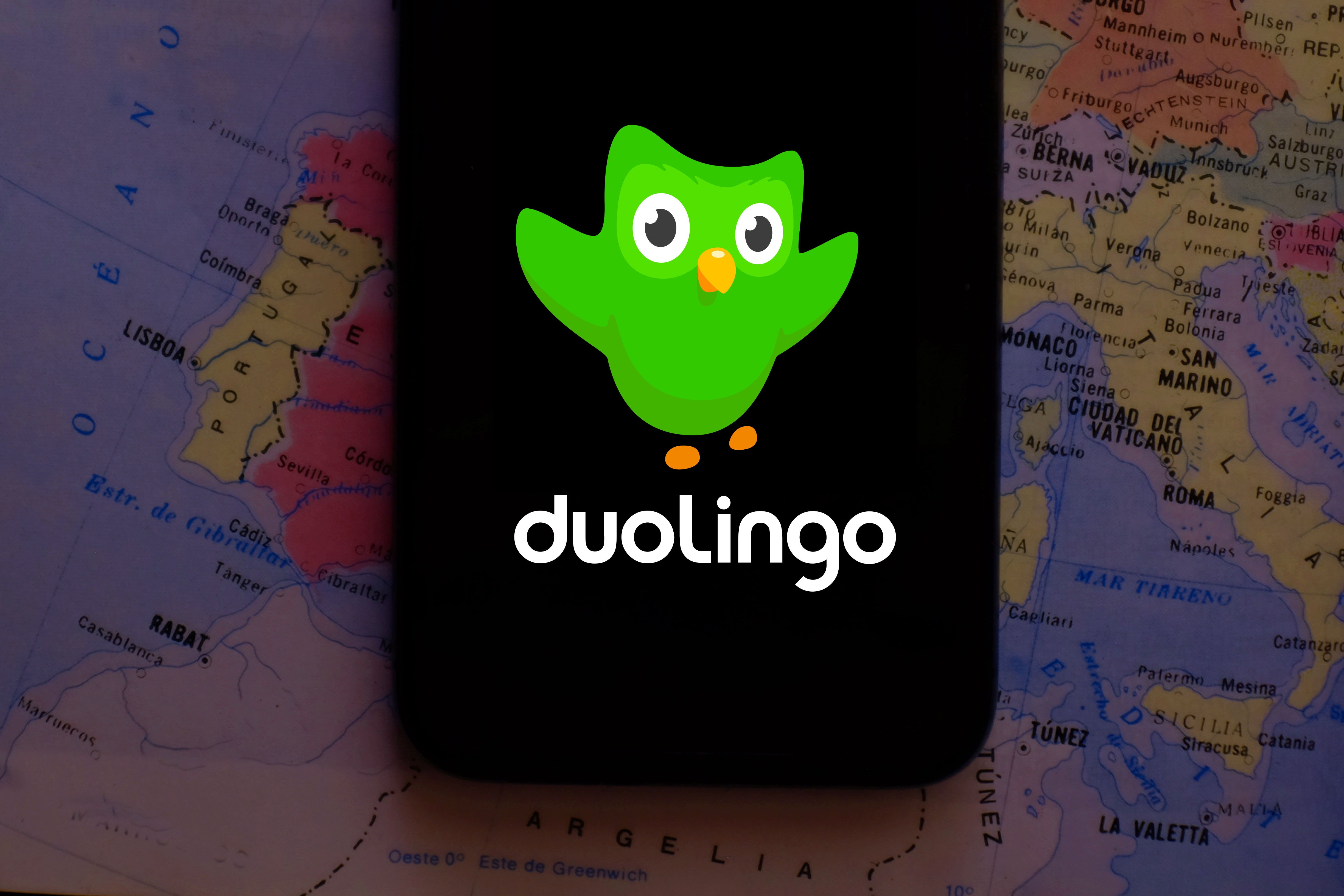

And standing still means failing in the end.

Replacing it afterwards with a more subtle grey “Later” button made performance shoot up.ĭuolingo keeps lining up product experimentsĭuolingo understands that stopping their improvement process means standing still. What it found later is that this button actually invited people to click on it instead of scaring them from clicking. In the process of introducing the “soft walls”, Duolingo made a mistake it later had to correct: the team created a big red “Discard my progress” button. 🛑 The team found that the performance of this wall was actually also improved by the presence of the “soft walls” as users were already primed to sign up. Those are optional pages that ask people to sign up, but still allow them to hit “Later”.įinally, after a series of lessons, there’s a “ hard wall” that requires users to sign up. 💥īased on these experiments the team introduced “ soft walls”. The Duolingo team found that by allowing users to sign up later and experience some Duolingo lessons first, it could boost the amount of daily active users by 20%. Here’s 5 notable experiments and the concrete impact they had. The fact that the software doesn’t even use “hearts” anymore, and doesn’t mention badges or its in-app coach “Duo”, is a clear example of how quick and often Duolingo runs product experiments to improve the product.


 0 kommentar(er)
0 kommentar(er)
